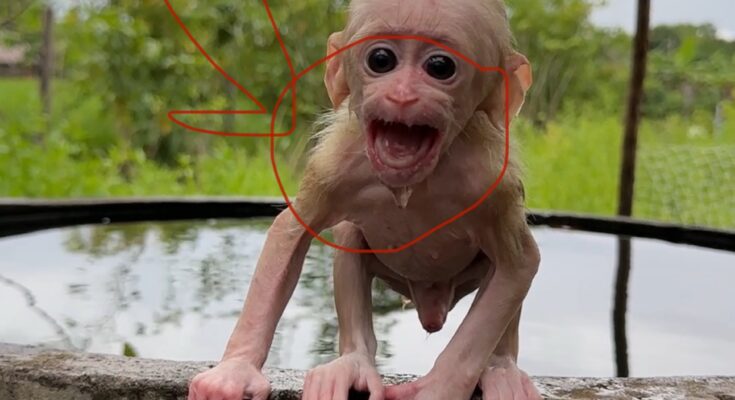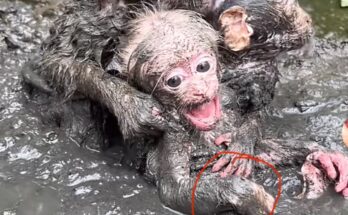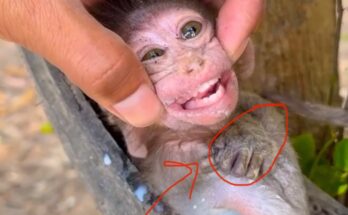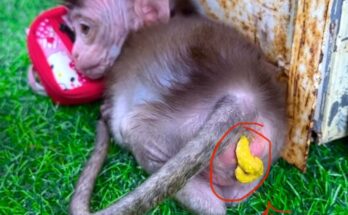Rescuing a baby monkey after a near-drowning incident can be a traumatic experience—for both the animal and the rescuer. While the immediate priority is resuscitation, ongoing care in the hours and days following the incident is just as crucial. Baby monkeys are particularly vulnerable due to their small size, underdeveloped lungs, and fragile immune systems. If you’ve saved a baby monkey from drowning, here’s how to care for it properly during the recovery phase.
1. Immediate Post-Rescue Assessment
Even if the monkey seems to have recovered after CPR or rescue breathing, it’s important to assess its vital signs. Check for:
- Breathing quality: Is the monkey breathing normally or gasping?
- Consciousness: Is it alert or lethargic?
- Body temperature: Hypothermia is common after submersion.
Wrap the monkey in a warm towel and keep it in a calm, quiet space. Avoid loud noises and direct handling unless necessary.
2. Warmth and Hydration
After drowning, baby monkeys often suffer from shock and low body temperature. Use a heating pad wrapped in a towel or a warm water bottle to provide gentle, consistent warmth. Do not place the heat source directly against the skin.
Once stabilized, begin offering fluids. Use an electrolyte solution (like Pedialyte) with a dropper or syringe. Avoid force-feeding or giving too much at once. Rehydration is key to restoring energy and internal balance.
3. Monitor for Secondary Drowning
Even after appearing to recover, monkeys can suffer from secondary drowning, where inhaled water causes inflammation in the lungs hours later. Watch for signs like:
- Labored breathing
- Coughing or wheezing
- Blue-tinged lips or gums
- Lethargy or unresponsiveness
If any of these symptoms occur, seek emergency veterinary help immediately. Oxygen therapy and medical supervision may be necessary.
4. Veterinary Examination
A qualified wildlife or exotic animal vet should examine the monkey as soon as possible. X-rays may be needed to assess lung damage, and antibiotics might be prescribed to prevent pneumonia. Never attempt to treat lung issues or infections on your own.
5. Nutritional Recovery
Once the baby monkey begins eating again, start with soft, easily digestible foods such as mashed bananas, warm milk replacer (specific to primates), or baby cereal. Avoid solid food until the vet confirms normal digestive function. Offer food every few hours and observe stool consistency and hydration.
6. Emotional and Psychological Care
Baby monkeys are highly social creatures. After a traumatic event like drowning, they may exhibit signs of stress, such as crying, clinging, or refusing food. Comfort the monkey with gentle handling, a soft stuffed animal for bonding, and regular feeding routines. Minimize stress and maintain a stable, warm environment.
Final Thoughts
Caring for a baby monkey after drowning is a delicate and time-sensitive responsibility. Proper warmth, hydration, medical support, and emotional care are critical for recovery. Always involve a wildlife rehabilitator or veterinarian experienced with primates. With patience and the right approach, many baby monkeys can make a full recovery from near-drowning incidents.



